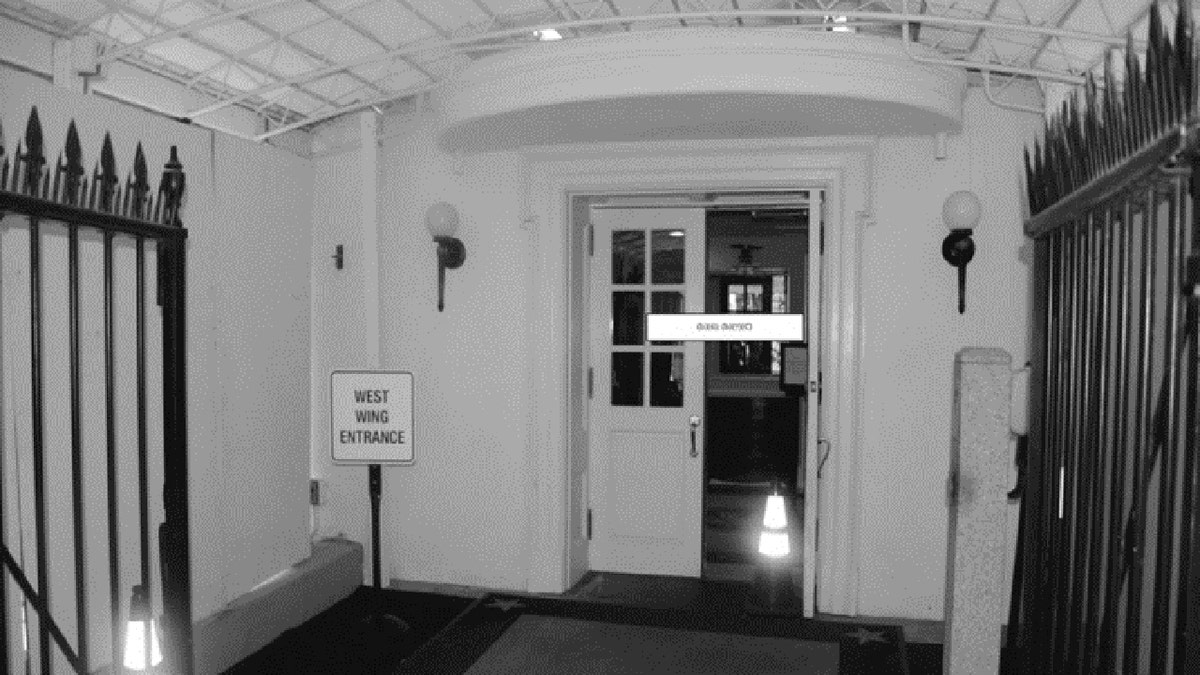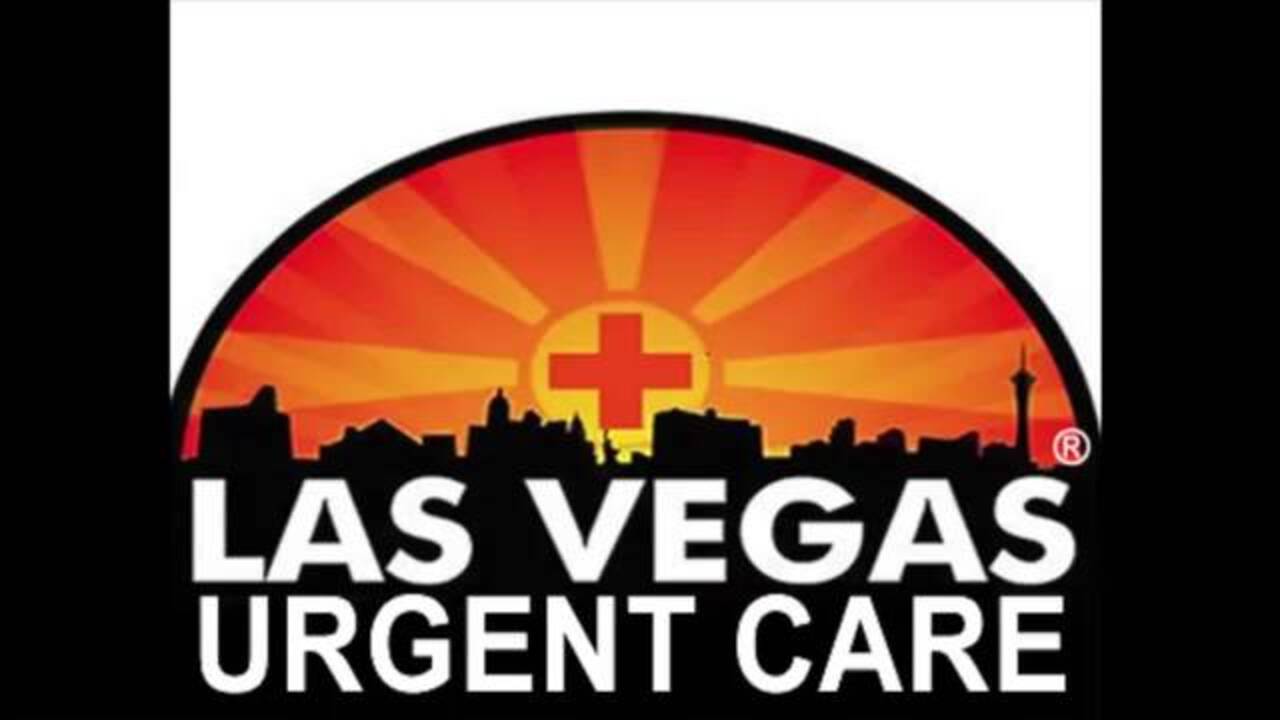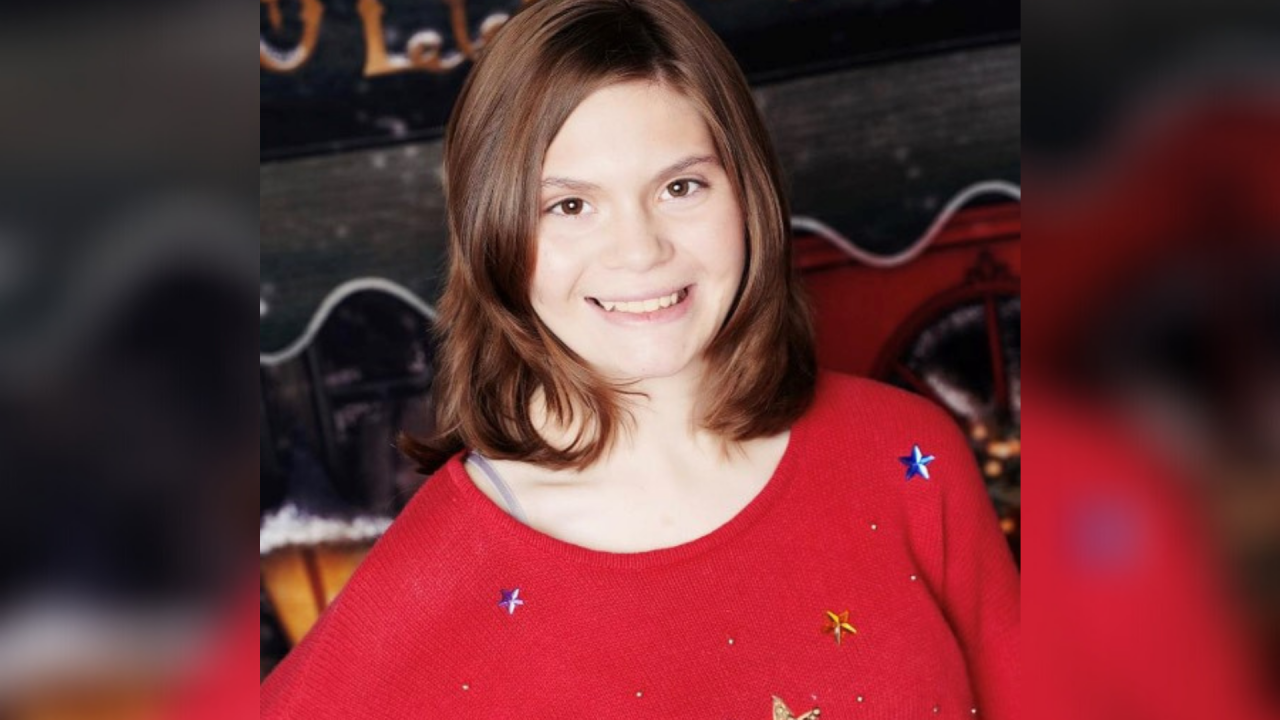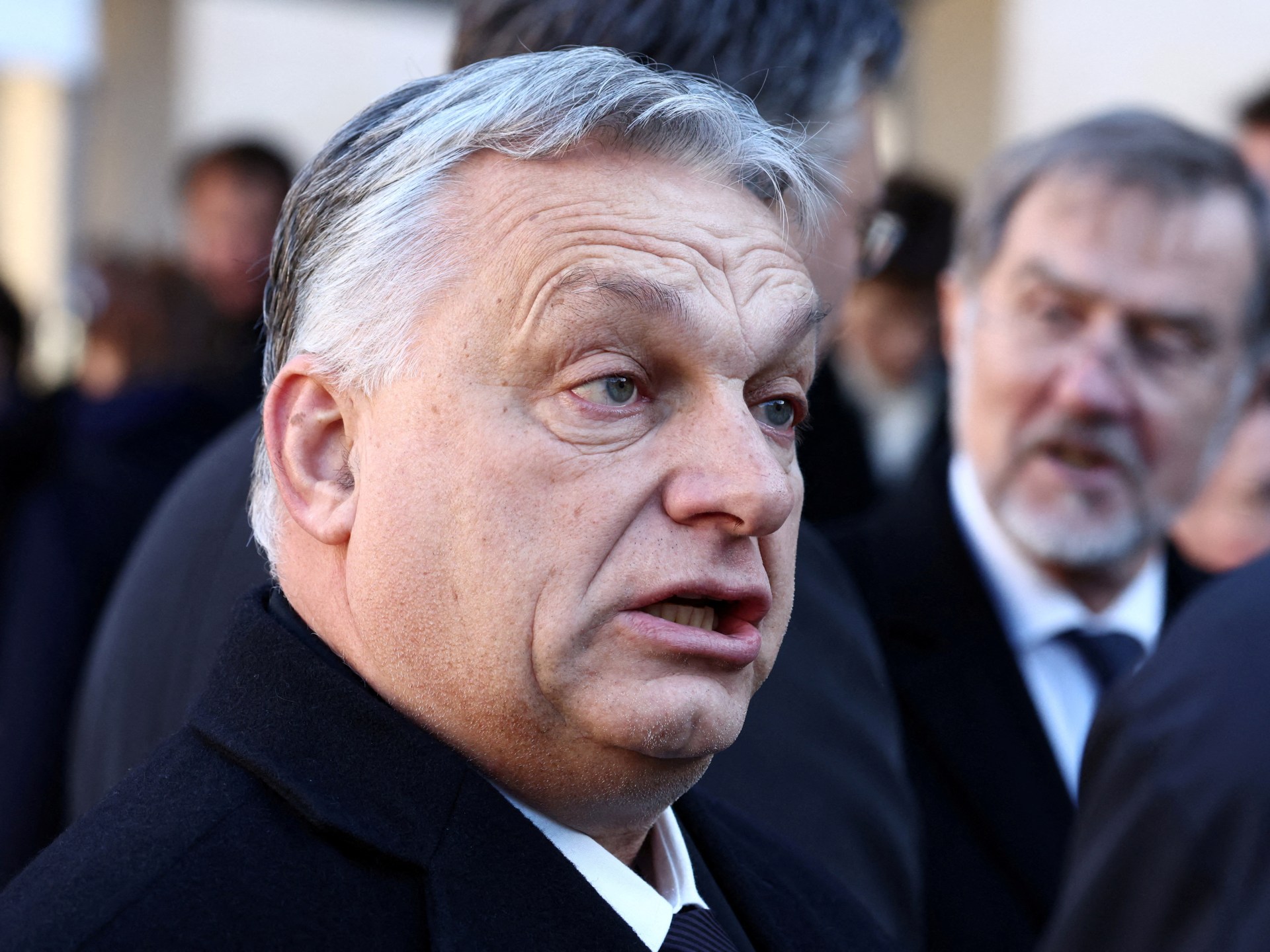White House Cocaine Found: Secret Service Investigation Concludes

Table of Contents
The discovery of cocaine at the White House in July 2023 sent shockwaves through the nation, prompting an immediate and intense Secret Service investigation. The subsequent probe, though concluding without identifying the responsible individual, has raised serious questions about White House security protocols and sparked significant political debate. This article summarizes the key findings of the investigation and explores the lasting implications of this unprecedented event. We'll examine the initial discovery, the challenges faced during the investigation, the political fallout, and the crucial security implications moving forward.
The Initial Discovery and Immediate Response
The discovery of a small bag of cocaine in a highly sensitive area of the White House on July 2nd, 2023, triggered a swift response from the Secret Service. The exact location remains undisclosed for security reasons, but it was reported to be a public area with relatively frequent access. Initial reports focused on the immediate security lockdown and the launch of a thorough investigation to determine the source of the illegal substance. News outlets quickly reported the incident, creating significant public interest and speculation, making "White House cocaine" a top trending topic.
- Timeline: The substance was discovered on July 2nd, leading to immediate security protocols being enacted. The Secret Service launched an official investigation shortly thereafter, with initial public statements released within days.
- Security Measures: Immediate security adjustments were made, including enhanced screening of visitors and personnel. The White House temporarily increased security presence in the affected area.
- Initial Public Reaction: The news sparked widespread surprise, concern for national security, and significant media coverage across various platforms. Social media was flooded with reactions, speculation, and memes.
The Secret Service Investigation: Key Findings & Challenges
The Secret Service launched a comprehensive investigation, utilizing various investigative techniques, including reviewing security camera footage, interviewing potential witnesses, and conducting forensic analysis of the cocaine itself. However, the investigation faced significant challenges. The lack of clear surveillance footage showing the substance being placed in the specific location hampered efforts to identify the responsible individual. Furthermore, the high volume of visitors to the White House in the days leading up to the discovery complicated the process of narrowing down suspects. The investigation also faced scrutiny regarding its thoroughness and transparency.
- Challenges: The investigation faced hurdles due to a lack of conclusive forensic evidence directly linking the substance to a specific individual. Difficulties in witness identification and limitations in available surveillance footage also hampered progress. Security camera blind spots and the large number of visitors posed significant challenges.
- Key Findings: The investigation confirmed the presence of cocaine but did not identify the person responsible. The lack of clear leads made it impossible to definitively determine how the substance entered the White House. The Secret Service concluded their investigation without making any arrests or naming any suspects.
- Investigation Conclusion: The official report from the Secret Service detailed the investigation's methods and limitations, highlighting the difficulties in identifying the source of the cocaine due to the absence of conclusive evidence.
Political Fallout and Public Reaction
The White House cocaine incident ignited a firestorm of political debate and public commentary. Republican officials criticized the Biden administration's handling of the situation, questioning the effectiveness of White House security and raising concerns about potential security breaches. Democratic representatives emphasized the seriousness of the situation while highlighting the ongoing Secret Service investigation and the need for security improvements. Public opinion polls showed mixed reactions, with a significant portion expressing concern about the incident's implications for national security.
- Political Reactions: Statements from key political figures across the political spectrum, ranging from expressions of concern to sharp criticism of the administration's response. The incident became a focal point in political discourse.
- Public Opinion: Social media sentiment ranged from outrage and disbelief to humor and cynicism. Public opinion polls reflected a divided public, with significant concern about the implications for White House security. The incident impacted public trust in government institutions.
- Impact on Trust: The incident undoubtedly impacted public trust in the Secret Service and the White House administration's ability to maintain security. Questions were raised about the effectiveness of existing security protocols and the competence of those responsible for protecting the White House.
Security Implications and Future Preventative Measures
The incident highlighted potential security vulnerabilities within the White House complex. The Secret Service has pledged to implement enhanced security measures to prevent similar incidents from happening in the future. This likely involves reviewing and revising existing visitor screening procedures, upgrading surveillance technology (including improving camera coverage and adding facial recognition technology), and potentially increasing the number of security personnel stationed in sensitive areas. The effectiveness of these future preventive measures remains to be seen.
- Vulnerabilities Exposed: The incident exposed potential vulnerabilities in visitor screening procedures, surveillance systems, and overall security protocols within the White House. The lack of immediate identification of the responsible party indicated lapses in existing security.
- Proposed Improvements: Proposed improvements include advanced screening technology, enhanced security camera systems, increased staff training, and more stringent visitor protocols to prevent future occurrences.
- Effectiveness of Measures: The long-term effectiveness of these proposed security upgrades will require ongoing monitoring and evaluation to ensure they adequately address the identified vulnerabilities and prevent future breaches.
White House Cocaine Incident: Lessons Learned and Next Steps
The White House cocaine discovery serves as a stark reminder of the importance of robust security protocols and the need for continuous vigilance in protecting the nation’s highest office. While the investigation concluded without identifying the individual responsible, the incident has prompted critical conversations about security upgrades and preventative measures. The focus now shifts towards implementing these changes and ensuring that such an event is not repeated. Continued scrutiny of White House security practices and transparent communication regarding future improvements are crucial for maintaining public trust. The White House cocaine incident should serve as a catalyst for comprehensive security enhancements.

Featured Posts
-
 Legendas F1 Technologia Egyedi Porsche Koezuti Modell
Apr 29, 2025
Legendas F1 Technologia Egyedi Porsche Koezuti Modell
Apr 29, 2025 -
 Louisville Battered By Severe Weather Snow Tornadoes And Devastating Floods In 2025
Apr 29, 2025
Louisville Battered By Severe Weather Snow Tornadoes And Devastating Floods In 2025
Apr 29, 2025 -
 British Paralympian Sam Ruddock Missing In Las Vegas Urgent Search Underway
Apr 29, 2025
British Paralympian Sam Ruddock Missing In Las Vegas Urgent Search Underway
Apr 29, 2025 -
 Update British Paralympian Missing In Las Vegas For Over A Week
Apr 29, 2025
Update British Paralympian Missing In Las Vegas For Over A Week
Apr 29, 2025 -
 Papal Conclave Debate Over Convicted Cardinals Voting Rights
Apr 29, 2025
Papal Conclave Debate Over Convicted Cardinals Voting Rights
Apr 29, 2025
